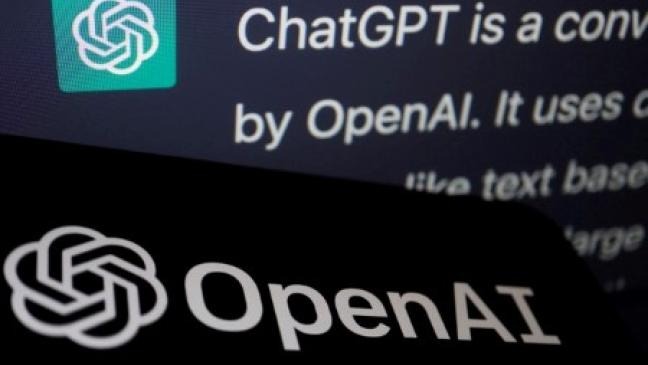Generative AI is an emerging technology that has revolutionized the field of artificial intelligence. It allows machines to generate original content such as text, images, and music that can resemble the works of human beings. This is achieved through the use of deep learning algorithms, which are capable of learning from massive amounts of data and generating new information based on that learning.
One of the most advanced examples of generative AI technology is the OpenAI’s ChatGPT (Generative Pre-trained Transformer), a language model that can generate coherent, contextually relevant text in response to natural language input. ChatGPT is one of the most powerful language models developed to date, and its capabilities have already been put to use in a variety of applications, including chatbots, language translation, and content creation.
So how does generative AI work, and what makes ChatGPT so impressive?
At its core, generative AI is all about pattern recognition. The algorithms that power these systems are designed to analyze large datasets and identify patterns and relationships between the various data points. Once the system has learned these patterns, it can use them to generate new data that is similar to the original dataset.
In the case of ChatGPT, the system has been pre-trained on a massive dataset of text from the internet, including books, articles, and websites. This training allows ChatGPT to recognize patterns in human language and generate new text that is similar in tone, style, and meaning to the input it receives.
But what sets ChatGPT apart from other language models is its use of transformer architecture. This architecture allows the system to analyze the context of the input it receives and generate responses that are more nuanced and relevant to the conversation at hand.
For example, if you were to ask ChatGPT a question about a specific topic, the system would be able to analyze the context of your question and generate a response that is tailored to that topic. This makes ChatGPT incredibly useful for applications like chatbots, where it can provide personalized responses to user inquiries.
Another impressive aspect of generative AI is its ability to learn and adapt over time. As more data is fed into the system, it can continue to improve its pattern recognition capabilities and generate more accurate and relevant content.
Of course, there are some concerns about the potential risks of generative AI technology. One of the biggest concerns is the possibility of bias in the data that is used to train these systems. If the training data contains biases, those biases can be amplified in the generated content, potentially leading to harmful outcomes.
There are also concerns about the potential misuse of generative AI technology, such as the creation of fake news or the impersonation of individuals through chatbots.
To address these concerns, organizations like OpenAI are taking steps to ensure that their systems are developed and used responsibly. OpenAI has implemented a number of safeguards to prevent the misuse of ChatGPT, including limiting access to the system and monitoring its use for potential misuse.
Overall, generative AI is an incredibly powerful technology with a wide range of potential applications. From chatbots to content creation, these systems have the ability to revolutionize the way we interact with machines and each other. While there are certainly risks and challenges associated with this technology, responsible development and use can help to mitigate those risks and unlock the full potential of generative AI.
